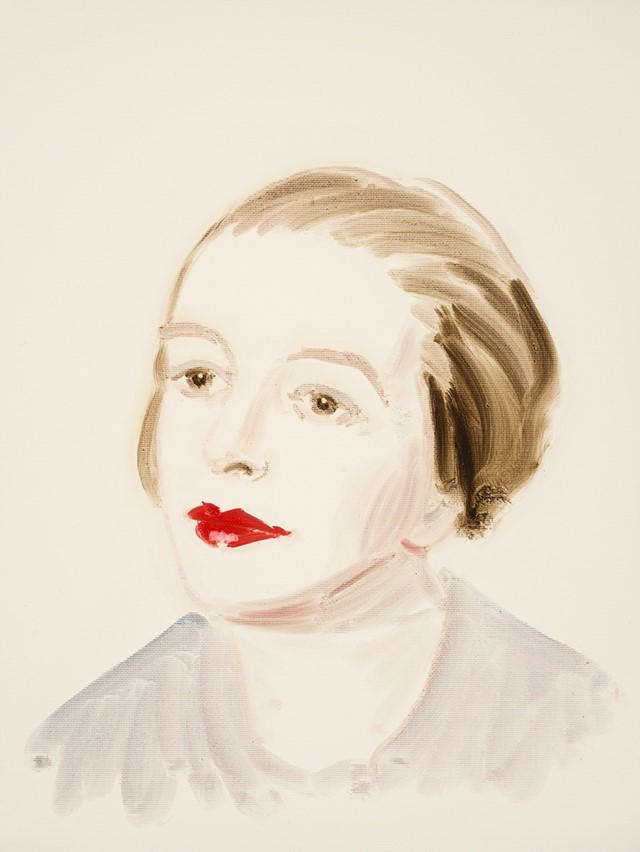Annie Kevans works to redress the feminine balance in her latest series of works depicting key, but forgotten, women in history of art
Shut your eyes and picture an Impressionist painter. Do they have a beard and a wounded expression? Is there an exquisitely wrought depiction of a haystack at their elbow and a glass of vin rouge in their hand? Are they firmly ensconced in a Parisian café? Chances are, they are at least one of these things; what is most unlikely is that they are a woman.
To state that men dominate the history of art is a wearying truism, but for artist Annie Kevans, the surprise was the sheer number of important female artists who had flourished and been widely celebrated during their lifetimes, yet whose renown and relevance had been effectively scrubbed from historical record. Her own ignorance of these figures inspired Women and the History of Art, a series of portraits depicting inspirational and iconic women artists from the past five hundred years, whose influence can be discerned in the works and fashions of their times, even if their names are unfamiliar.
"Kevans’ exquisite portraits repopulate the male dominated artistic landscape with the vital feminine characters who thrived within it"
Ranging from Lavinia Fontana, a 16th century artist whose sitters included a couple of popes and Elizabeth Vigée-Lebrun who was court painter to Marie Antoinette, to Marie Bracquemond, one of “les trois grandes dames” of Impressionism and Sonia Delaunay, co-founder of the Orphism art movement, Kevans’ exquisite portraits repopulate the male dominated artistic landscape with the vital feminine characters who thrived within it. No longer nameless or faceless, the women shimmer from the paper, taking back their rightful place in the artistic canon from which academic snobbery and chauvinism had whitewashed them. “There is so much injustice in the recording of art history,” Kevans says. “I, for one, am sick of seeing period dramas about artists where women are portrayed as beautiful and passive creatures, there purely to simper and inspire the great male masters to paint."
To celebrate the opening of Kevans’ new show at the Fine Art Society, here we present ten of the extraordinary women featured, along with a brief history of their lives and achievements.
Sonia Delaunay (1885-1979)
Born in the Ukraine to a factory foreman, Sonia was adopted by her wealthy uncle and enjoyed a privileged upbringing, going to art school in Germany at 18. Together with her husband Robert Delaunay, she developed the Orphism art movement, developing brightly coloured hand-printed fabrics, before returning to painting in the 1930s. She was the first living female artist to have a retrospective exhibition at the Louvre.
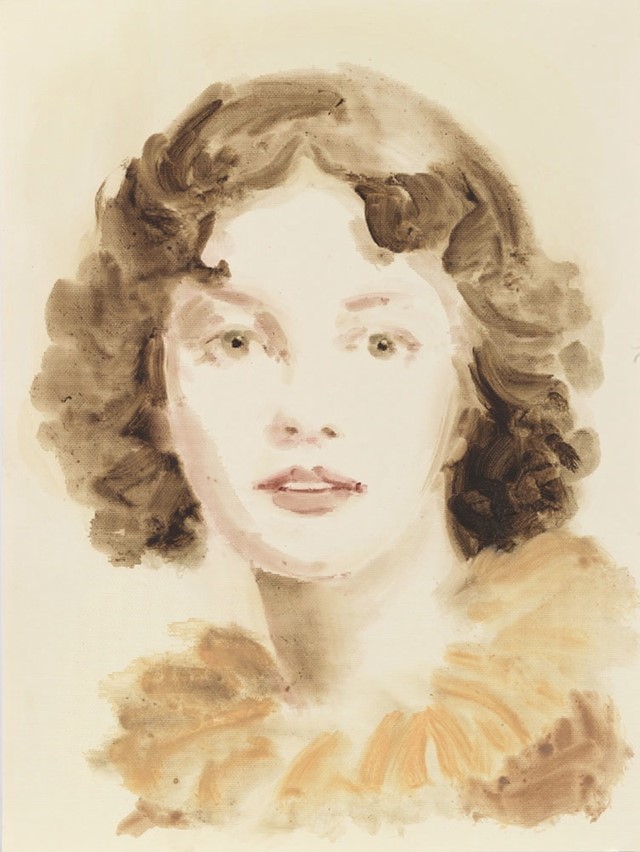
Louise Élisabeth Vigée-Lebrun (1755-1842)
Vigée-Lebrun was a child prodigy and a successful portraitist of the French aristocracy, becoming the court painter to Queen Marie Antoinette before the age of 25, painting her more than 30 times. She broke the rules – a self portrait in 1787 featuring an open mouthed smile caused a low level public scandal – but she was so widely beloved and famous that, when forced to flee France during the French Revolution, she was welcomed everywhere by the elite of Europe, visiting many countries and painting the likes of Lord Byron.
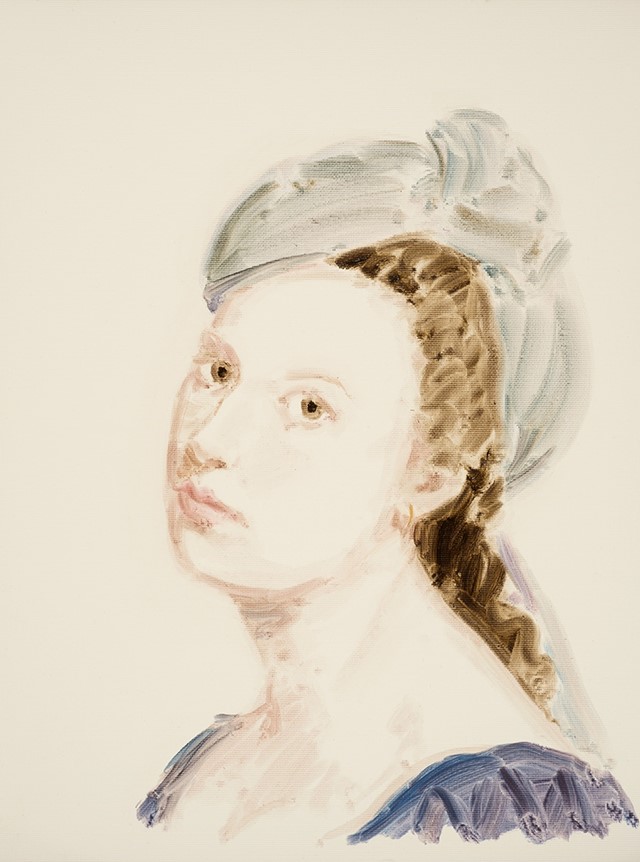
Artemisia Gentileschi (1593-1652/3)
Widely considered as one of the most important and progressive artists of her age, Artemisia’s career got off to an inauspicious start when her father sent her to be trained by artist (and convicted murderer) Agostino Tassi. Tassi raped his young apprentice, but when he was put on trial for the crime, Artemisia was tortured by thumbscrew to prove that she wasn’t lying, and Tassi was ultimately acquitted. Strongly influenced by Caravaggio, her work is filled with intense passion and frequent depictions of strong relationships between women.
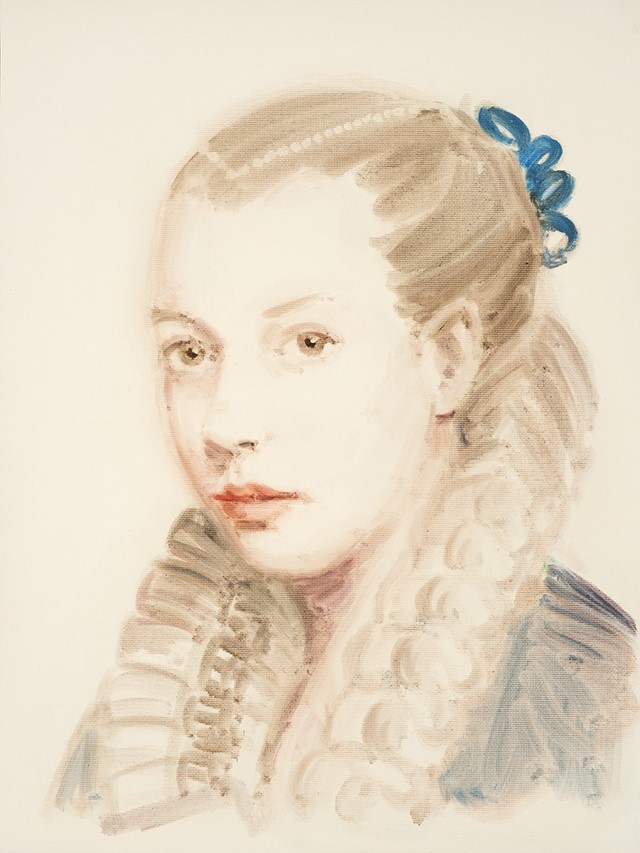
Lavinia Fontana (1552-1614)
Taught to paint by her artist father, the Bologna born Fontana is regarded as the first woman artist to work on a par with her male peers beyond the remit of a court or convent. She was renowned in Italy for her altarpieces and portraits, garnering enough fame and renown to charge “astronomical” sums. She was particularly popular with women in Bologna, but her sitters included Pope Gregory XIII, and she became a portraitist at the court of Pope Paul V in Rome, where she lived until her death.
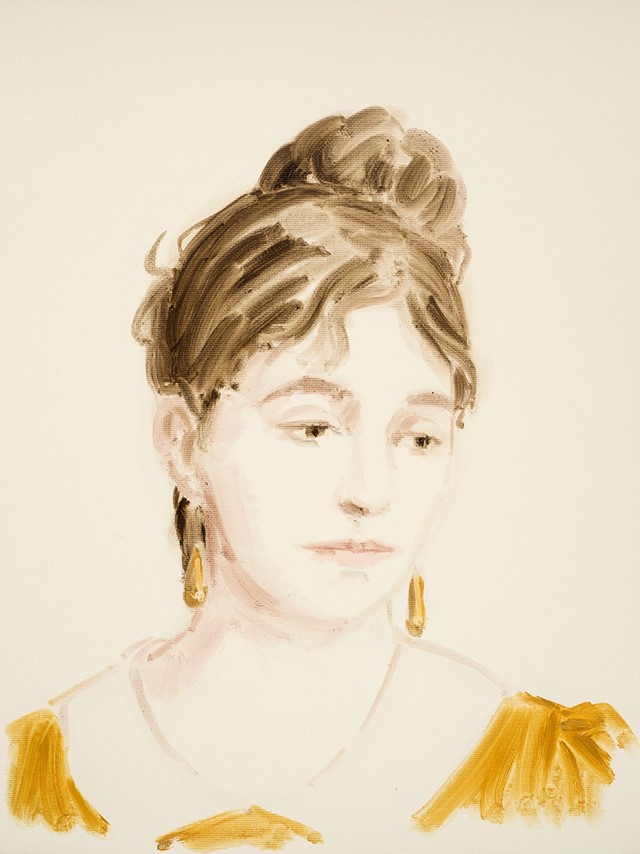
Marie Bracquemond (1840-1916)
Despite being married to the more famous Félix Bracquemond, Marie was a key figure in the Impressionist movement, taking advice from Renoir, Monet and Gauguin and having work admired by Degas. A recluse in her later years, suffering from the jealousy of her husband who resented her abilities, she was a staunch defender of her chosen style, summarising it beautifully: "Impressionism has produced ... not only a new, but a very useful way of looking at things. It is as though all at once a window opens and the sun and air enter your house in torrents.”
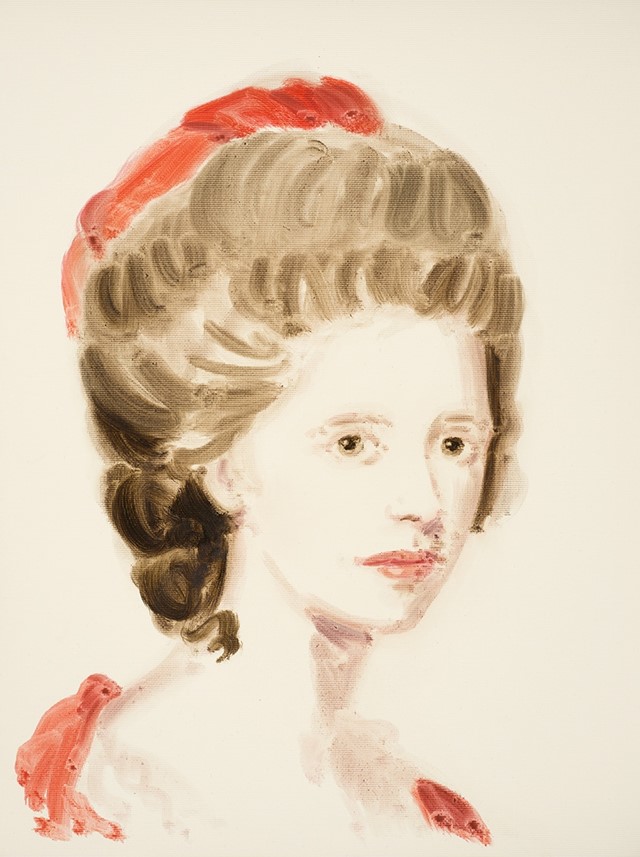
Angelica Kauffmann (1741-1807)
Born in Switzerland, Angelica was a prodigy who began carrying out commissions aged 15. Her father, a minor artist, eventually gave up painting to manage his daughter’s finances. She moved to London in 1766, to become one of its leading artists, a founding member of the Royal Academy and a great friend of Sir Joshua Reynolds. After a disaster of a first marriage – to a conman who posed as a Swedish Count – she married an Italian artist and moved first to Venice and then Rome, where she was the most successful and celebrated artist in the city.
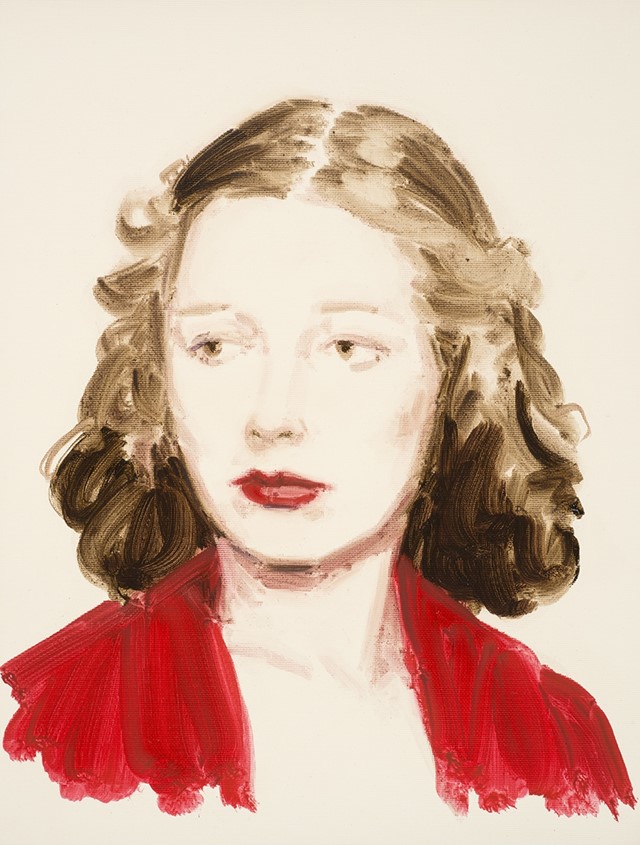
Dorothea Tanning (1910-2012)
A self taught artist, Dorothea’s early work was inspired by nightmares and childhood fantasies. She met Max Ernst in New York in 1942, becoming fully enmeshed in the Surrealists, before marrying him in 1946 and moving to France. She started making sculptures in the 60s and went on to publish novels and poems, cementing her place as a truly unique and exhilarating talent in the world's cultural history.
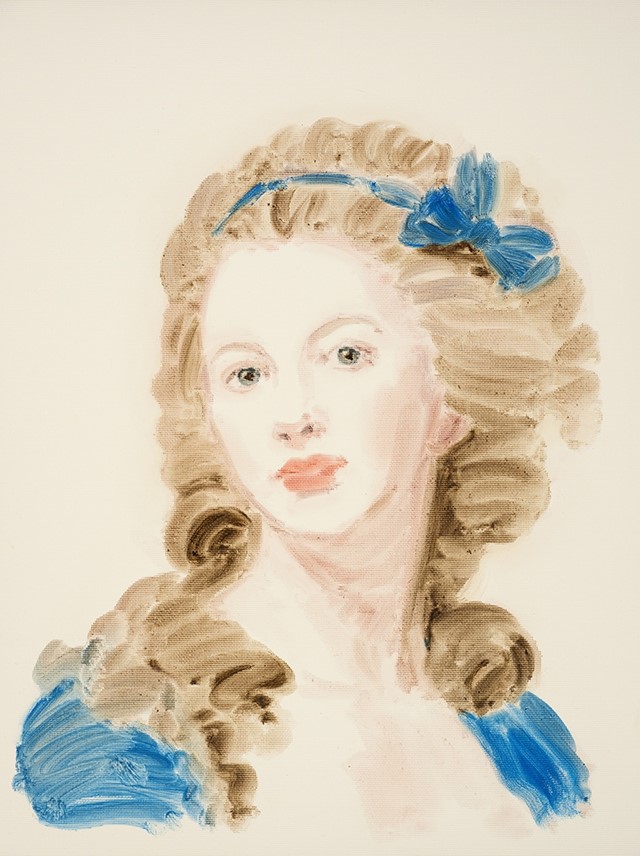
Gabrielle Capet (1761-1817)
Born into a family of servants, Gabrielle somehow managed to escape her lowly upbringing and make her way to Paris and the tutelage of Adélaïde Labille-Guiard, rising to become one of the most famous miniature portraitists of her time, painting the royal princesses, and exhibiting at the Salon.
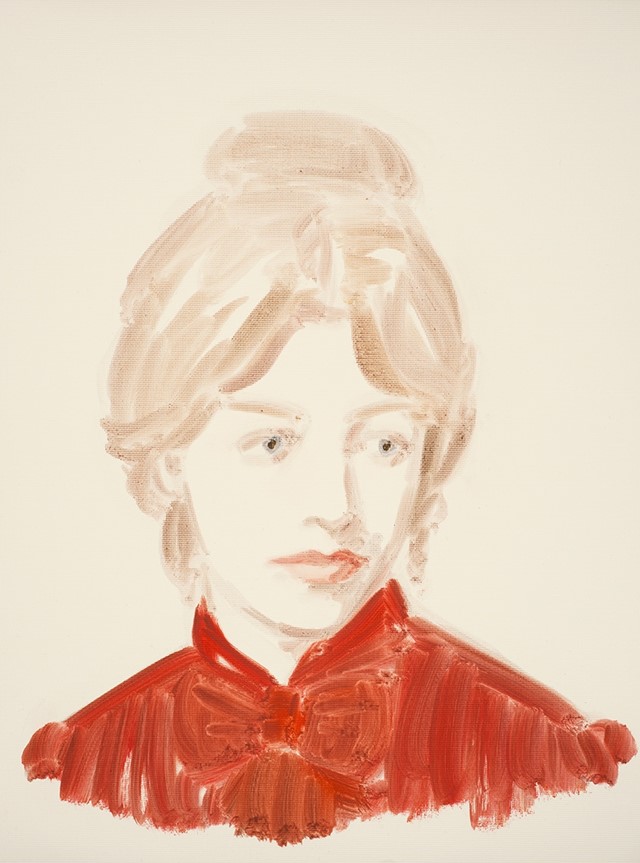
Suzanne Valdon (1865-1938)
Daughter of a laundress, Suzanne ran away to join the circus at 15, before an accident put an end to that career. She began modelling for artists such as Renoir and Toulouse-Lautrec (she is the morose figure in The Hangover) before beginning to draw herself, using the studio of her friend Degas to make prints and exhibiting in the Société National des Beaux-Arts. Despite a flamboyant private life and the needs of her depressive son, she enjoyed wide acclaim and success throughout her life.
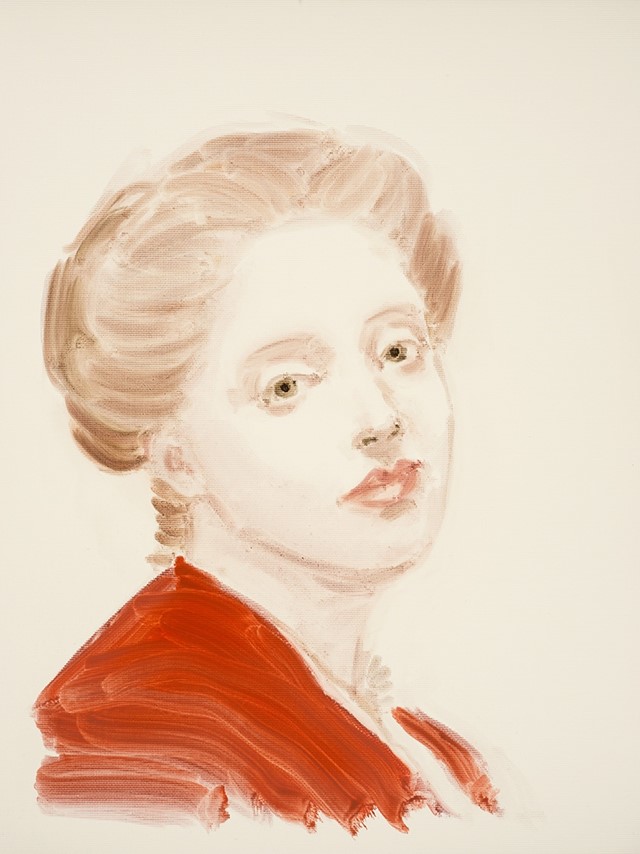
Giulia Lama (1685-c.1753)
Commonly believed to be the first woman to paint and study from nudes – long a male only domain – Lama became a key figure in the field of private and public figure painting. A letter written by Abbé Conti in 1723 presents her as something of a polymath: her work “is full of poetry because this woman excels as much in that art as in painting, and I find in her poems all the virtues of Petrarch; her name is Giulia Lama. In her youth she studied mathematics under the celebrated Father Maffei. The poor woman is persecuted by other painters, but her virtue triumphs over her enemies. It is true that she is as ugly as she is witty, but she speaks with grace and polish, so that one easily pardons her face.”
Annie Kevans: Women and the History of Art is at The Fine Art Society Contemporary from May 13 to June 6.
